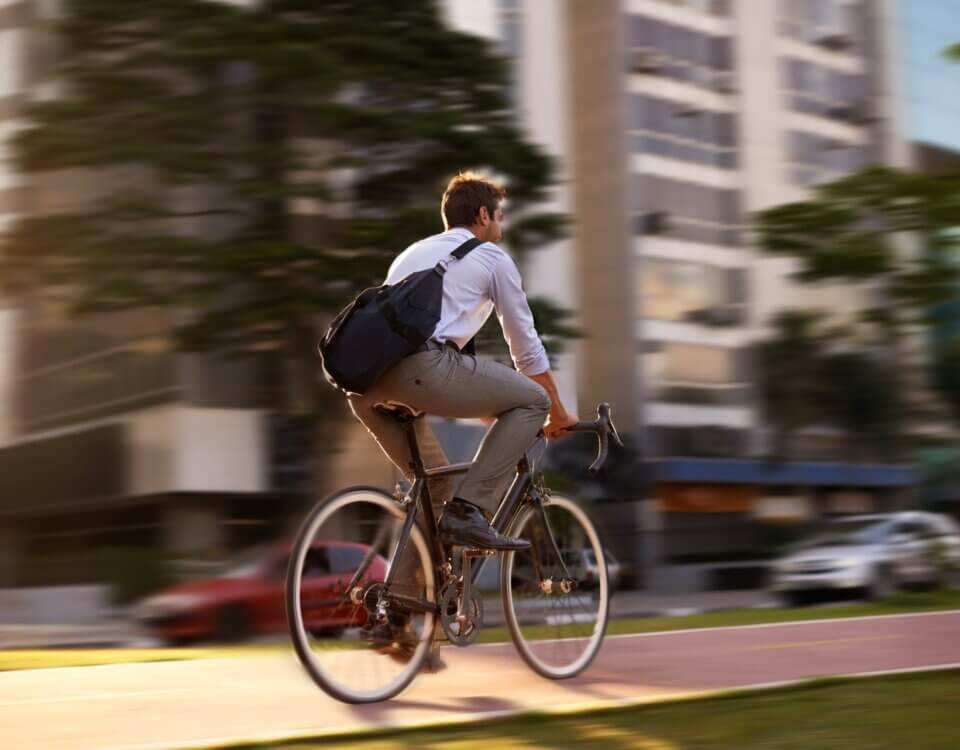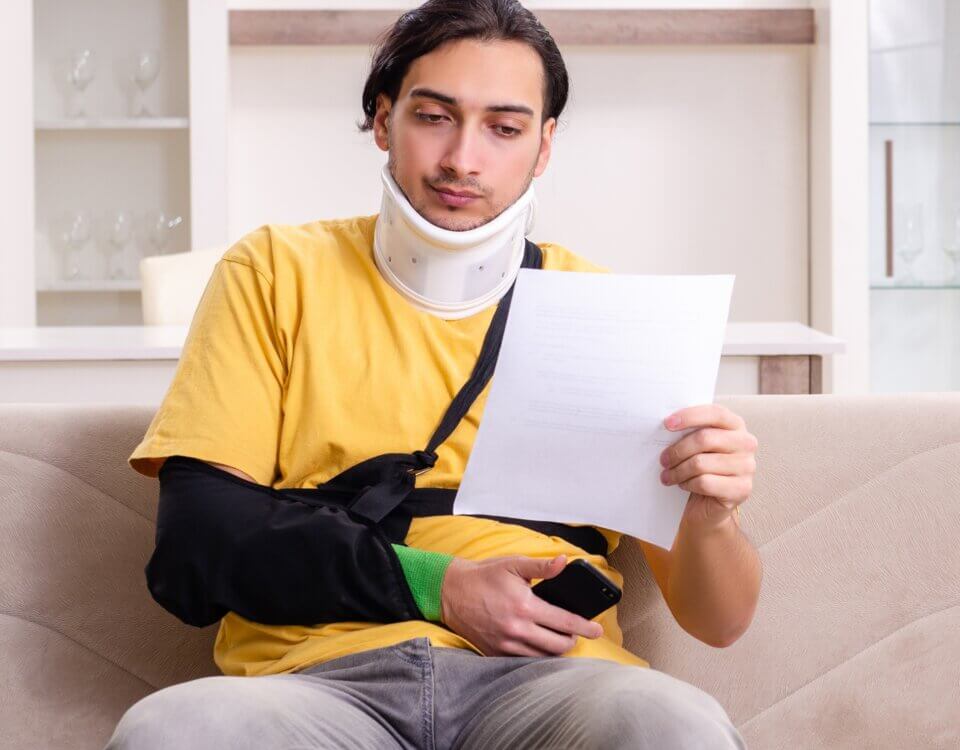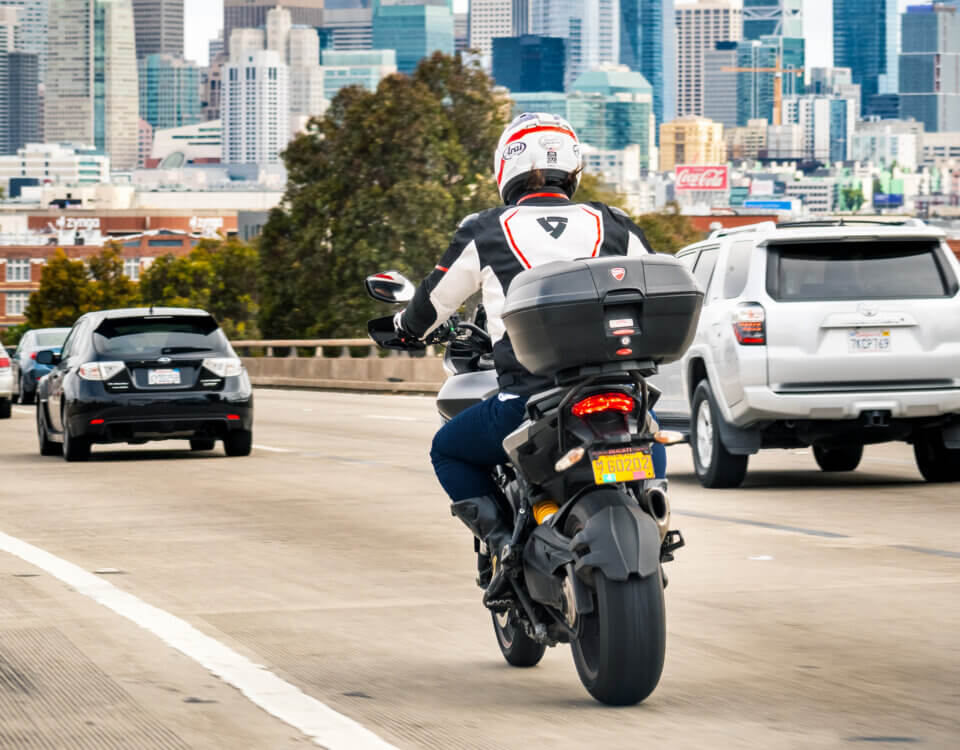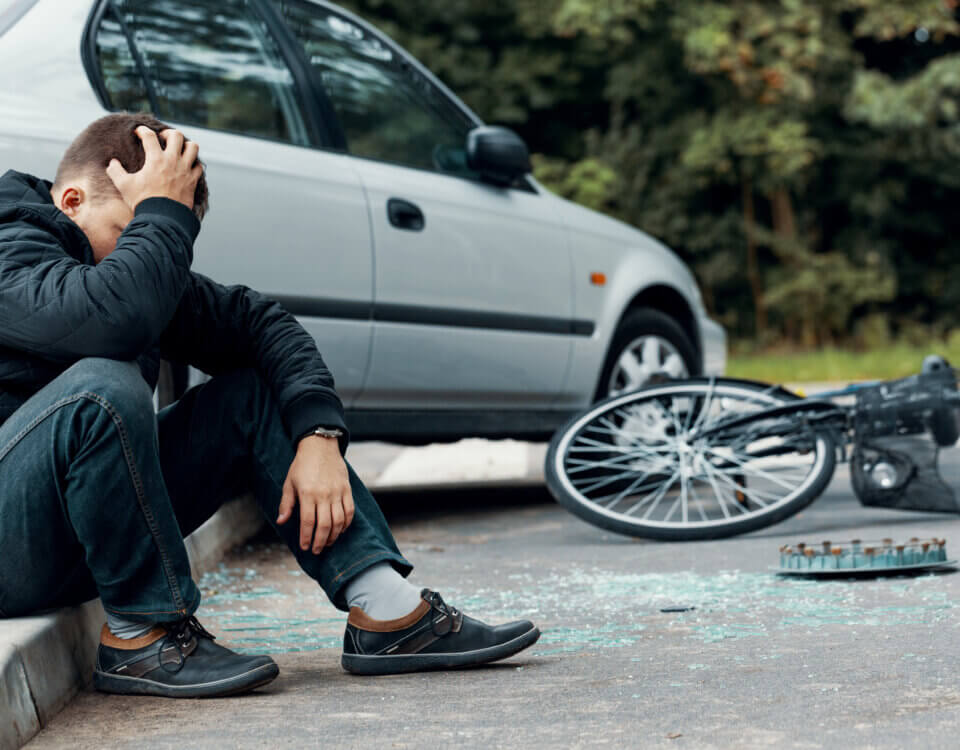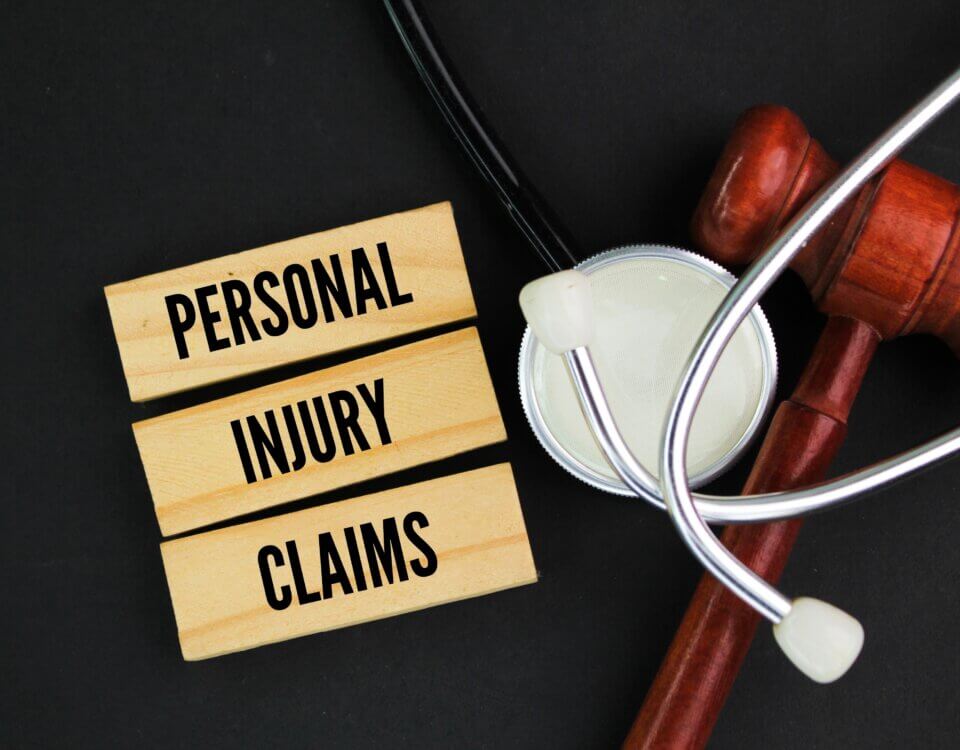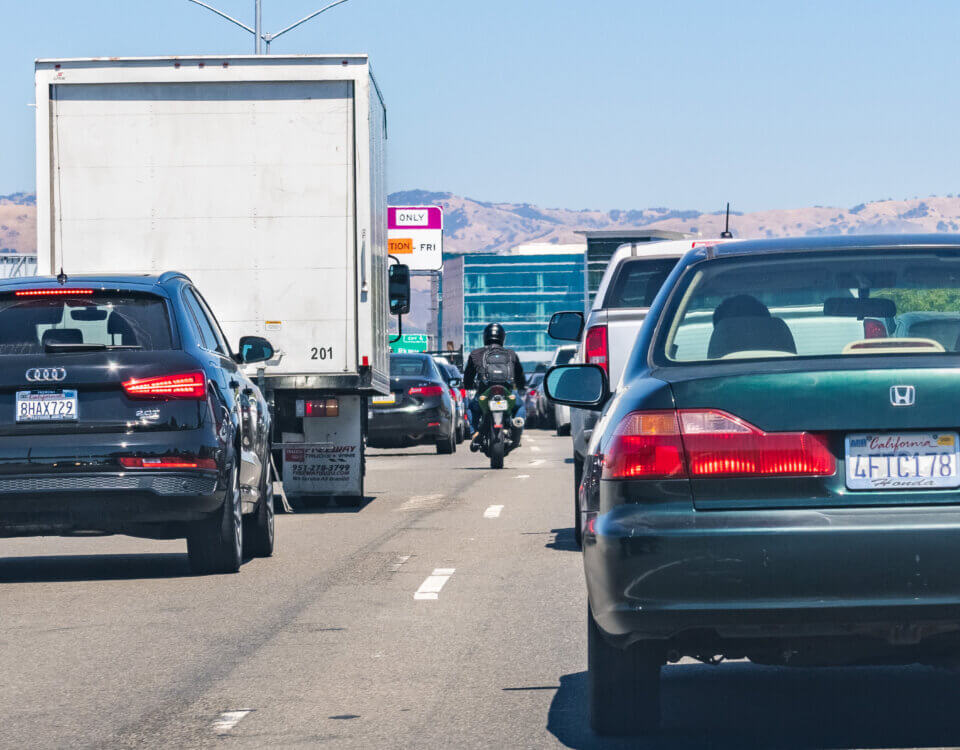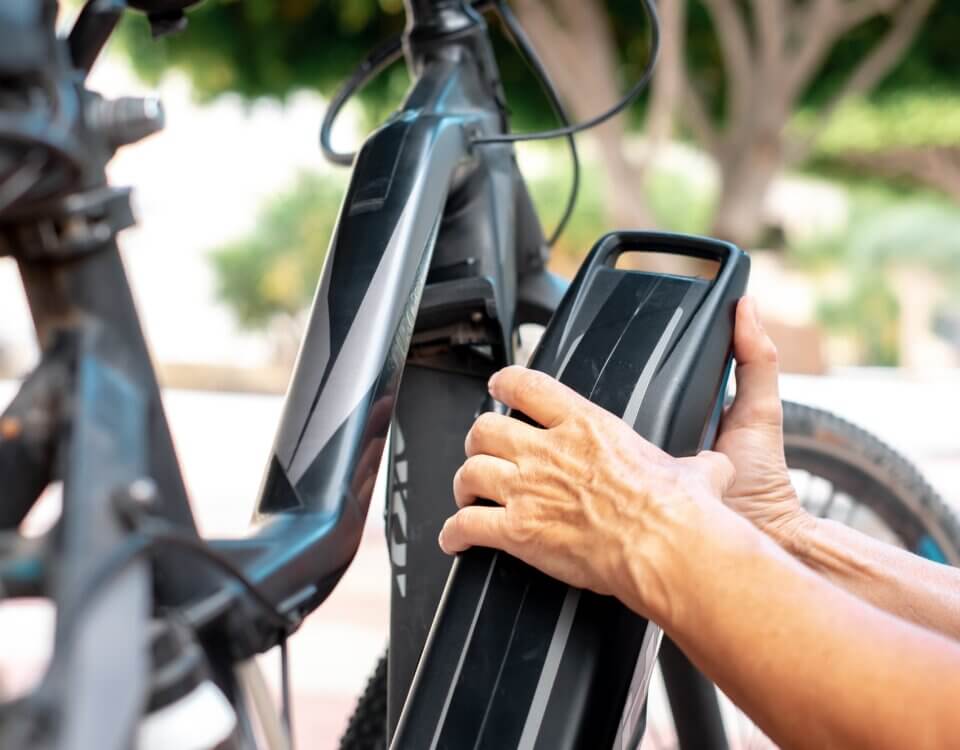That sudden loss of balance, the jolt as you hit the ground, the sting of impact—it’s an experience every cyclist dreads. Falling off a bike is not just a physical setback; it often leaves behind a lasting fear that makes getting back on feel even more daunting.
At Hillstone Law, we understand how both the body and the mind can be affected after a fall. This article explores the fear that often follows a bike accident, how to overcome it, and the steps you can take to ride with confidence again.
Understanding the Fear After a Fall
Fear is a natural defense mechanism, designed to protect you from harm. But after falling off a bike, that fear can linger and impact your willingness to ride again.
This anxiety is common among cyclists of all skill levels—from beginners just learning to ride to experienced riders navigating busy streets. Acknowledging the fear is the first step to overcoming it. Remember: fear doesn’t mean you’re weak—it means your body and mind are simply working to keep you safe.
Rebuilding Confidence After Falling Off a Bike
Getting back on a bike after a fall takes both patience and strategy. Some effective approaches include:
- Gradual Exposure: Start with short rides in safe, quiet areas such as parks or empty parking lots before moving on to more challenging routes.
- Reframing Your Perspective: View the fall as part of the learning process instead of a failure. Every cyclist experiences setbacks—it’s how you grow stronger.
- Relaxation Techniques: Deep breathing and mindfulness exercises can help calm nerves and reduce anxiety before and during a ride.
These strategies can help you regain trust in yourself and enjoy cycling again.
Staying Safe on the Road
Safety measures not only protect you physically but also give you the confidence you need to ride again:
- Protective Gear: Always wear a helmet, and consider adding elbow pads, knee pads, and gloves to reduce injury risks.
- Be Visible: Use bright clothing, reflectors, and bike lights so motorists can see you clearly.
- Practice Smart Cycling Habits: Maintain good posture, learn effective braking, and practice signaling without losing balance.
For those riding e-bikes, which are faster and heavier than traditional bicycles, responsible riding is especially important. California bike lanes are often not designed with e-bike speeds in mind, increasing the risk of collisions.
Legal Help If Your Fall Wasn’t Your Fault
Sometimes a fall isn’t the rider’s fault—it may be caused by a negligent driver, poorly maintained roadways, or a defective bicycle. In these situations, you shouldn’t have to carry the burden of medical bills and lost income alone.
At Hillstone Law, our team of skilled California bicycle accident attorneys is here to fight for your rights. We’ll review your case for free and help you pursue the compensation you deserve so you can focus on recovery.
Call us today at (844) 335-3271 or fill out our online form to schedule your free consultation.
Your bike should bring freedom and joy—not fear or financial stress. Let Hillstone Law help you get back on the road safely.

